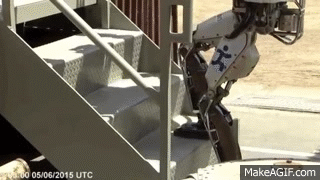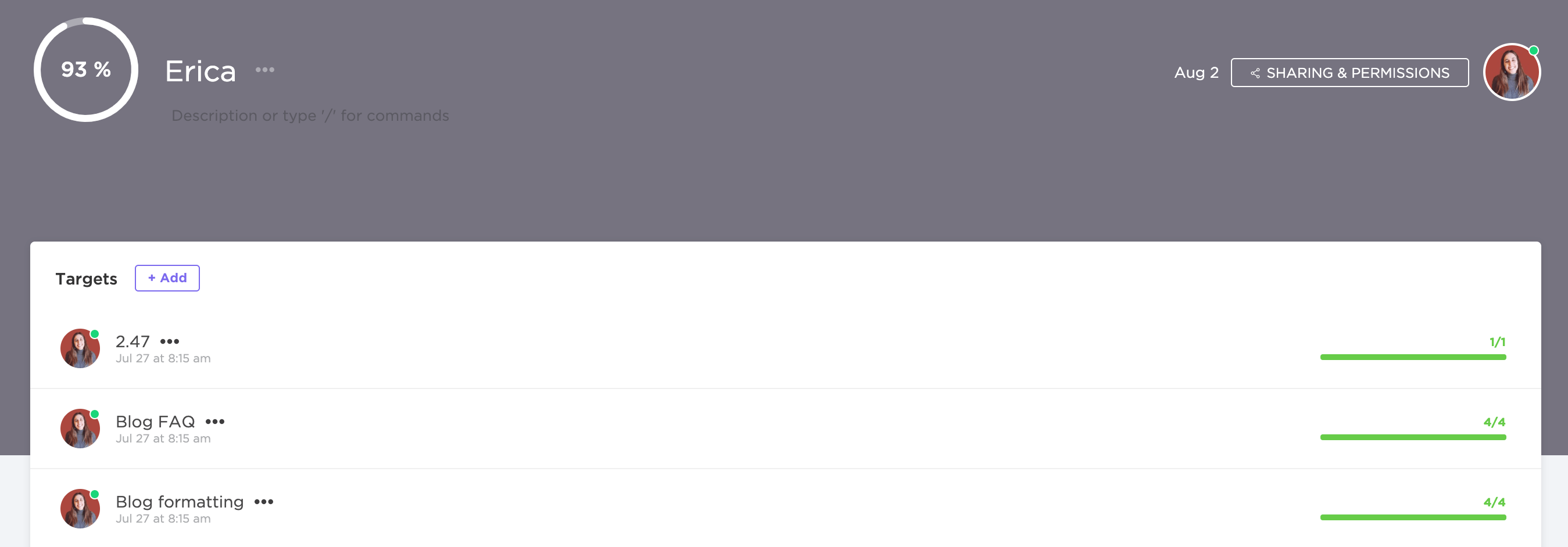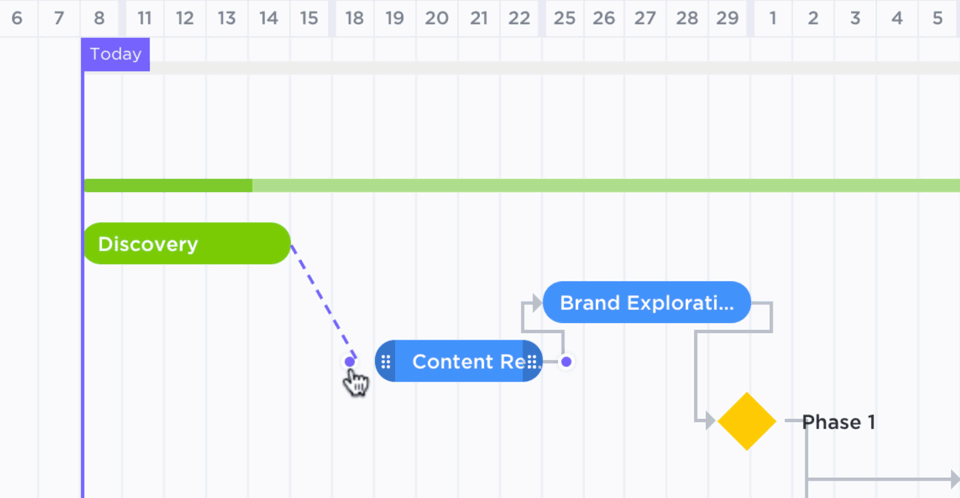Lean vs. Agile: What’s the Difference? 2025

Sorry, there were no results found for “”
Sorry, there were no results found for “”
Sorry, there were no results found for “”
Confused between Agile and Lean?
If you’ve read up on modern project management methods, you might’ve heard about frameworks like Lean and Agile… a lot!
And while these two approaches are often used together, they are two very different project management methodologies.
So what are they?
More importantly, how is Lean different from the Agile methodology?
In this article, we’ll look at both methods in detail and cover their differences in terms of approach, goals, and more. We’ll also highlight the best project management software that’ll help you manage both Lean and Agile projects efficiently.
Let’s get started!
We’ll first see how both of these methodologies came into existence.
After all, the Lean Agile differences start right here.
In the 1980s, computer programmers used traditional development approaches like the Waterfall methodology to manage their software development projects. Not only was this process time consuming, but it was also costly.
How?
The world of software development was rapidly growing.
And growth usually means adapting to change.
In Waterfall, the development of a product could take months and, at times, years. So by the time the software or product is released, it already becomes outdated with respect to the current needs.
To overcome this, the Agile Manifesto was written.
And the Agile methodology is built on the 4 values and 12 principles outlined in the Agile Manifesto.
Agile helps teams better adapt to change by involving stakeholders throughout the process. This way, there’s better planning, development, and deployment of working software.
In the 1970s, Taiichi Ohno developed a system known as the Toyota Production System (TPS). It aimed to reduce inventory costs and improve the efficiency of the automobile supply chain by eliminating any type of waste.
TPS was inspired by the inventory management system in grocery stores and used visual signals to indicate inventory needs precisely when items were needed. This reduced the overall waste and optimized the entire production process.
This system was then used to form the Lean manufacturing principles.
But how did Lean software development come into play?
Mary and Tom Poppendiek wrote a comprehensive guide for software development, inspired by the Lean manufacturing principles.
Let’s now take a look at what exactly is Lean and Agile.
Agile is a software development methodology that helps develop projects with an iterative approach.
Unlike traditional project management methodology, in the Agile approach, a large project is broken down into shorter development cycles known as sprints. Each sprint usually lasts for 2-4 weeks.
Here’s an example illustrating this Agile principle:
Let’s say you’re building a robot.
In a traditional project management method like Waterfall, you might take months to plan and develop the robot before finally deploying it.
This could lead to a situation where the AI feature, which you thought to be pretty cool, turned out to be useless. What the customer really wanted was a robot with perfect balance.

With the Agile methodology, this could’ve been avoided.
How?
In the Agile way, the customers are actively involved in the development process. At the end of each sprint, they provide feedback, and the Agile team implements the necessary changes in the next cycle.
This continuous improvement leaves less room for errors, helping you build a robot that suits the needs of your customers perfectly.
Learn how Agile experts implement the Agile project management process in their workflows.
Lean software development is based on the principles of Lean methodology.
The seven principles of the Lean methodology are:
Each Lean principle aims to optimize the production process by eliminating waste. It also attempts to minimize risk while maximizing customer value.
Wait… what does “eliminating waste” mean?
Eliminating waste refers to removing everything that does not add value to the process.
This could be anything from unnecessary meetings and documentation to inefficient methods.
Now that you know what the Agile method and Lean approach involve, you already sense that they’re different, right?
To make things clearer, here’s a detailed list of the key differences between Agile Lean:
No surprises here.
This is the most significant difference between Agile methodology and Lean thinking.
The Agile process deals with the optimization of a project’s development process. It aims to make the process flexible, transparent, and adaptable.
Why?
Agile development values continuous improvement and happy customers.
For this, an Agile project goes through iterative development cycles (sprints) and the Agile team actively involves the customer from start to end.
The Lean approach revolves around optimizing the production process. It’s all about minimizing risk and eliminating waste (lean production).
In fact, “eliminate waste” is one of the first principles of the Lean method.

As you exclude everything that doesn’t contribute to the final outcome of the project, the production process automatically shortens and becomes efficient. This saves you tons of valuable money and time in the long run.
While both the Lean and Agile methods are excellent software development approaches, they slightly differ in their approach to development:
In Agile practice, a project is developed in short incremental, iterative cycles or sprints.
The iterative and incremental method refers to the breakdown of a project into various phases, each composed of planning, implementation, testing, and evaluation. This process is repeated until you achieve the desired outcome.
The Lean approach aims to introduce small incremental changes within the manufacturing process to increase efficiency. While this can result in shorter development cycles, it’s not the core focus of Lean.
While both Lean and Agile methods aim to deliver the product as early as possible, their project timelines are different:
An Agile or Scrum team works in short cycles to deliver quickly. Each cycle or sprint typically lasts for 2-4 weeks.
Lean teams shorten their project timeline by optimizing process flow. They usually limit their work-in-processes, which reduces the overall project timeline. However, unlike Agile, there’s no specified time frame.
The Lean and Agile methods follow different team structures:
An Agile team is a small team of self-organized, cross-functional individuals.
What does that mean?
The team consists of members like a product manager (product owner), an Agile coach or Scrum master, developers, business analysts, etc.
In Lean project management, you form multiple Lean teams, consisting of members from relevant departments.
Each team is headed by a team leader who manages their respective team and individual projects. And while your Lean team members should be capable, they don’t necessarily have to be self-organized and cross-functional.
Agile Lean development methods strive to achieve different goals:
In Agile development, the goal is to create something that complies with the end-user or stakeholder requirements.
For Lean development, the goal is to eliminate any process that does not add value to product development.
Here’s how Agile Lean differ from each other:
Agile development focuses on project scope and customer value.
In Agile software development, the scope of a software product refers to its features and functionalities. Customer value is prioritized as, at the end of each sprint, you take feedback and implement changes in the next cycle.
On the other hand, Lean software development is about improving process flow and quality.
The focus is on process improvement and quality (zero defects is the goal).
This is usually achieved using an approach known as value stream mapping.
What’s value stream mapping?
Value stream mapping is a method used to visualize the series of events between product creation and delivery to the customer.
Related: Software Development Tools
Know why people often group the Agile framework and Lean together?
It’s because both the methodologies share values, such as the ability to adapt to changes quickly.
Here are some other similarities between Lean Agile:
So how are you going to manage Agile and Lean?
With the right agile tools, of course!
Um… no. You can’t just use any tool!
To manage projects with agility, you need a suitable project management software.
Usually, a project management software should be able to:
Additionally, be it Agile, the Scrum methodology, Kanban, Lean, Six Sigma, or any project management methodology, your software should be able to handle it.
Why?
Each methodology requires separate functionalities from their tools.
Additionally, it’s not like every team picks one approach and sticks to it forever!
So you can’t buy new software each time your team uses a different project management methodology.
Luckily, you have powerful tools like ClickUp to efficiently handle all your tasks and projects, no matter what methodology you prefer.
But what’s ClickUp?

ClickUp is the world’s highest-rated Lean Agile project management software. Whether you need help to:
ClickUp is the only software you need!
Let’s see how ClickUp can help you adapt to Lean and Agile techniques:
Each project requires its own set of statuses.
For example, a software engineer can have stages like “Git Upload” and “Debugging” for their Lean UX project. In contrast, a content development project can have steps like “Editing” and “Quality Check”.
With ClickUp’s Custom Statuses feature, that won’t be a problem.
This software lets you create custom statuses that reflect your project’s needs accurately. Get as descriptive and creative as you want!
A quick look at a task’s status is enough to determine what stage it’s in. This way, a team leader or anyone working on the project can instantly check how it’s progressing.

Regardless of the project management methodology you prefer, you’ll have multiple project goals, like “develop 20% of the product in sprint 1” or “increase website traffic by 10%”.
So how do you keep track of them?
Three words: ClickUp’s Goals feature!
Goals are high-level containers that you can break down into smaller, measurable Targets.
Choose from a variety of units to measure a Target, like:

Nodding your head and one-word answers don’t make for good conversation, do they?

To help teams communicate efficiently, each ClickUp task comes with a dedicated Comment space.
This helps facilitate all project-related communication within the Lean or Scrum team.
Use this section to:
For better collaboration and team building, use the Chat view to have conversations unrelated to any tasks.

Chances are you deal with tons of repetitive manual tasks every day.
And we’re pretty sure those are the tasks you hate performing the most too.
But don’t worry.
ClickUp’s Automation feature brings tons of task automations to your workplace to solve that.
You can easily use this to automate repetitive tasks, which saves you time and frees up your resources for tasks that actually require them.
Here’s how ClickUp’s workflow Automation works:
If a trigger happens and a condition is true, a specific action is executed automatically.
This versatile software offers 50+ prebuilt Automations to help you get on the wagon.
Some of these are:
You can even create your own Custom Automations to suit your needs.

ClickUp’s Dashboards give you quick visual overviews of your Agile software development or Lean projects. Sorta like a space craft’s mission control center.
The benefit?
A team leader or even your entire Scrum team can get a clear idea of everything happening around in the workspace.
For maximum flexibility, customize your Dashboard with various graphs like:

Tired of using a spreadsheet to track your project timelines or progress?
Say goodbye to the 90’s mindset!
ClickUp’s Gantt Charts are perfect for tracking and managing your project timeline.
A quick look at your Gantt chart is enough to determine if things are on track or not.
The best part?
These Gantt charts come with tons of automated capabilities.
They can:

Sure, Lean and Agile practices differ in several aspects.
However, while each development methodology is perfect for a different kind of project, you’ll still need the right project management software to manage everything.
Luckily, all you need to do is use ClickUp, the best Agile and Lean software in the market!
From helping you follow the Agile mindset to skyrocketing your business agility, ClickUp has everything you need.
So why not sign up for free today and ace your project management activities?
© 2025 ClickUp